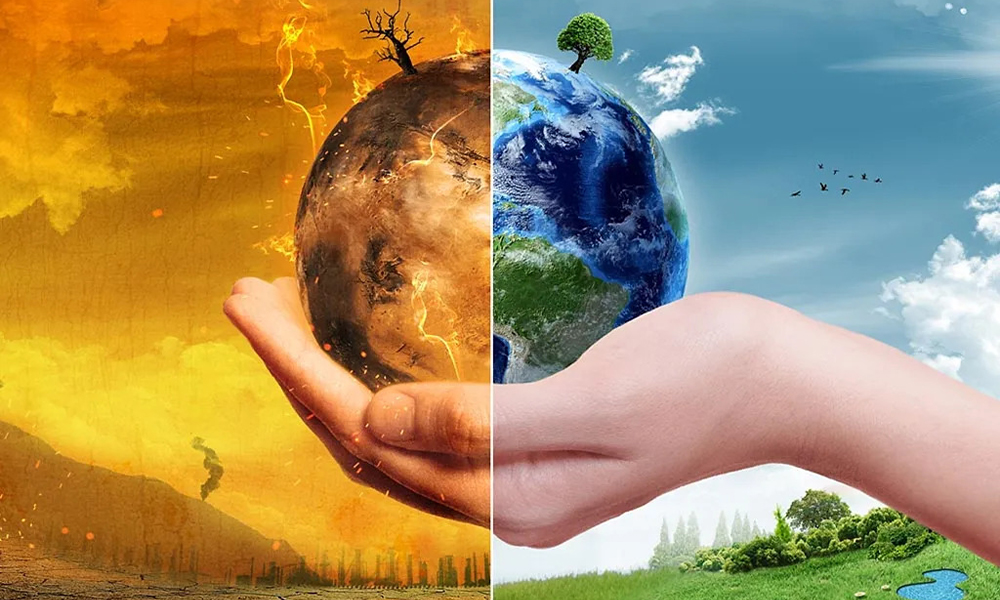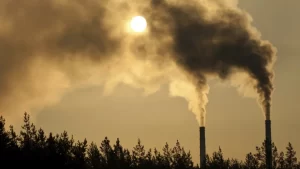The Urgency of the Climate Emergency: A Call to Action
Rising global temperatures, melting ice caps and glaciers, extreme weather events, and the acidification of oceans are just a few manifestations of the crisis at hand. These changes have severe…
Introduction: The world is facing an unprecedented crisis that demands our immediate attention and collective action – the climate emergency. The scientific consensus is clear: human activities, particularly the burning of fossil fuels and deforestation, are driving unprecedented changes in our climate. The consequences of these changes are far-reaching and pose a severe threat to our planet’s ecosystems, biodiversity, and the well-being of future generations.
The State of the Climate: The signs of the climate emergency are becoming increasingly evident. Rising global temperatures, melting ice caps and glaciers, extreme weather events, and the acidification of oceans are just a few manifestations of the crisis at hand. These changes have severe implications for communities, economies, and the natural world. One of the most alarming aspects is the accelerated rate of global warming. The Intergovernmental Panel on Climate Change (IPCC) warns that if we do not take immediate and drastic measures to curb greenhouse gas emissions, we could face a temperature increase of 1.5 degrees Celsius above pre-industrial levels by as early as 2030. Such a rise would have catastrophic consequences, including more frequent and intense heatwaves, storms, and a significant rise in sea levels.
Biodiversity Loss: The climate emergency is not only about rising temperatures; it is also a major driver of biodiversity loss. Habitats are changing faster than many species can adapt, leading to the extinction of numerous plants, animals, and insects. The loss of biodiversity not only threatens the balance of ecosystems but also jeopardizes essential services such as pollination of crops, clean water, and disease regulation.
Impact on Communities: Communities around the world are already feeling the brunt of the climate emergency, with vulnerable populations disproportionately affected. Small island nations are grappling with the threat of sea-level rise, and coastal communities face increased risks of flooding and storm surges. Inland areas are not immune, as changing weather patterns disrupt agriculture, leading to food insecurity and displacement of populations.
Social Injustice: It’s crucial to recognize that the impacts of the climate emergency exacerbate existing social inequalities. Those who have contributed the least to greenhouse gas emissions often suffer the most. Indigenous communities, for instance, often face the loss of traditional lands, livelihoods, and cultural heritage due to climate change. The burden of climate-related disasters also falls disproportionately on low-income communities with limited resources to adapt and recover.
The Role of Human Activities: Human activities, especially the burning of fossil fuels for energy and deforestation, are the primary drivers of the climate emergency. The carbon dioxide and other greenhouse gases emitted trap heat in the Earth’s atmosphere, leading to the warming of the planet. The expansion of agriculture, urbanization, and industrial activities further contribute to environmental degradation.
A Call to Action: Addressing the climate emergency requires immediate and coordinated action at local, national, and global levels. Governments, businesses, communities, and individuals all play a crucial role in mitigating and adapting to the impacts of climate change. Transition to Renewable Energy: Phasing out fossil fuels and transitioning to renewable energy sources is a key step in mitigating climate change. Investments in solar, wind, and other sustainable technologies can reduce greenhouse gas emissions and create green jobs. Protecting and Restoring Ecosystems: Forests, wetlands, and other natural ecosystems act as carbon sinks, absorbing and storing large amounts of carbon dioxide. Protecting these areas and restoring degraded ecosystems can help offset emissions and preserve biodiversity. Promoting Sustainable Practices: Encouraging sustainable agriculture, responsible consumption, and waste reduction can contribute to a more resilient and environmentally friendly society. Individuals can make a difference by adopting eco-friendly lifestyles and supporting businesses committed to sustainability. International Cooperation: Climate change is a global challenge that requires international cooperation. Countries must work together to set and achieve ambitious emission reduction targets, provide financial assistance to vulnerable nations, and share knowledge and technology for sustainable development. Empowering Communities: Building resilience at the community level is essential. This involves providing support for vulnerable communities to adapt to the impacts of climate change, ensuring access to clean water, and developing early warning systems for extreme weather events.
Conclusion: The climate emergency is not a distant threat but an urgent crisis that demands immediate action. The consequences of inaction are severe and will affect every corner of the globe. By acknowledging the role of human activities, embracing sustainable practices, and fostering international cooperation, we can work together to mitigate the impacts of climate change and build a more sustainable and resilient future for generations to come. The time to act is now.


